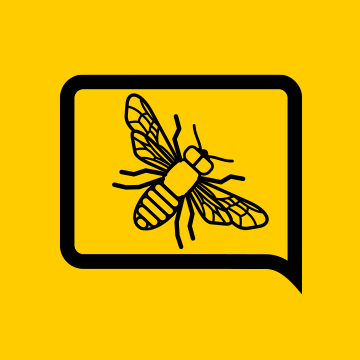But you are running carniolan package bees correct? Seems to me that would be a step towards a bee more suited to the north, compared to a southern package bee.
I took that study by Seely on small hive size as a data point in my thinking that all a hive really needs to do to survive in my location is brood appropriately based on the season. The climate & flows here naturally offer 2 brood breaks for a responsive bee - winter & summer. If they swarm thats 3. Given the impact swarming & brood breaks have on mite levels & mite reproduction I think that would go a long way in this location. But the southern italians brood incessantly all year. They can do well here if one feeds them & can put up with the robbing in the summer dearth.
Every location is different.
And every colony is different.
If there is much difference between "carniolan" and "italian" package bees I'm not observant enough to really see it. It might be a thing but I don't have a lot of confidence in it.
After a couple of generations the bees are mutts anyway.
My location is suburban with other beekeepers nearby.
I am within a mile of a golf course, the city sprays for mosquitoes, and there are several "lawn care" operations hanging advertising on my doorknob or in my mailbox offering their services. So chemical exposure is significant, but not as bad as if I lived next to a cornfield or apple orchard.
If Seeley had tried his experiment here I suspect most of the colonies would have collapsed by early September. The rest by end of November.
The one time I bought a VSH queen - a POL LINE queen - to requeen a hive gone queenless in early June, that colony crashed in September even though it received the same treatment regimen as my other hives.
I don't know if it is due to background chemical exposure, aggressive mites, virulent viruses, or some other cause. But keeping bees alive here is a bit tougher. I see significant VSH behavior in my bees. But I don't think it makes much difference.
But if you can control mites with brood breaks that would be a good way to do it.
What I do is
Treat with oav in November on a warm day when there is no brood. Maybe twice.
In spring, around the middle of May, split the colonies. Put the sealed brood in the queenless half. Treat the half with the queen and open brood with OAV. Twice. Let the other half alone for two weeks then treat them. Twice.
That is a cut down split.
Let them run to the middle of July. Then pull the supers and extract. Nice honey.
Put the queen and most of the sealed brood in the bottom 6 frame box under a queen excluder.
That should mostly shut down brood production.
Emerging brood will provide space for the queen to lay so they won't be tempted to swarm late in the year. Put the empty supers back on so the bees have space to put up late honey if there is any. This works about as well as a brood break.
In 2 or 3 weeks you can do another extraction of everything above the queen excluder.
Last year I did a round of Formic Pro at that time. The previous year I removed any frames with more than a dollar bill worth of sealed brood (both sides total) from all hives, put them together in a remote location with a queen and treated that one with Formic Pro. If not doing a round of formic pro do 2 rounds of oav with no brood and no supers.
Put the supers back and you are good to end of August.
End of August remove any honey you want to extract, consolidate to 2 deeps if possible and begin regular OAV until end of October.
So far that works. The only problem is it results in a steady increase in the number of colonies.
The cut down split results in significant honey production.
I have observed that if I am not diligent in the fall OAV my bees get in trouble.
![Image]()
![Image]()
![Image]()





